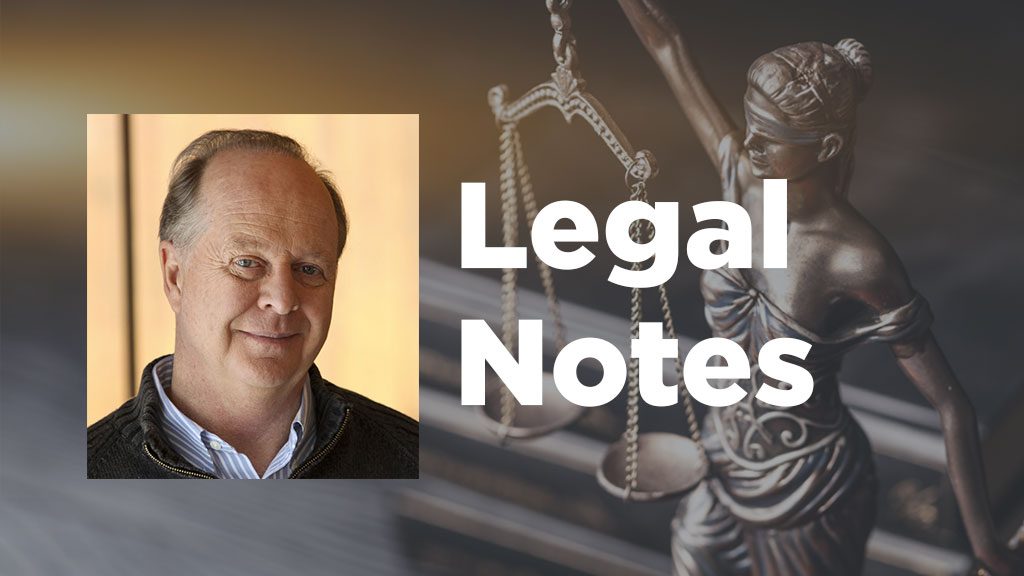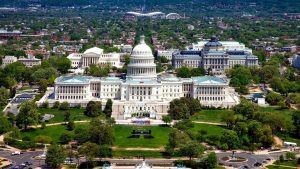şÚÁĎłÔąĎÍř’s First Nations communities are becoming “a powerhouse in project development,” , a partner with Gowling WLG, told a audience. “There is a lot of potential and a lot of funding. There is an important role to play for these adjusting communities to their needs and goals.”
Along with these opportunities come contractual processes that can differ from the norm in important ways. That requires research into what variations, controls through land codes, licenses, leases and permits are unique to the First Nation in question.
“It’s important to know the specific community where the project is being proposed and consider what applies there.”
“Identify the community needs and community vision, and match the two,” continues Stano. “Consider opportunities to employ local community members and vocational training and upgrading. Also consider opportunities to involve Indigenous businesses or economic development entities. Some communities and nations developed their land-use plans 10 or 15 years ago. Revisit and develop projects based on those. Carry out due diligence and be flexible.”
Gowling associate adds early conversations with community members and rights holders are also needed to determine how much funding is required and where the funding is coming from.
“Match those needs and funding with the projects, considering factors such as the age of the existing infrastructure, community size, and population demographics.”
Funding and contractual rights and obligations need further examination, however, because they may differ from traditional project development arrangements that developers and contractors have experienced elsewhere.
For example, Sapers explains the qualification criteria, application and approval process for funding can take months.
“When the money is approved, the funds are not going to be blank cheques. It’s often accompanied by complex funding and transparency agreements with strings attached, perhaps tied to start and completion dates,” he says. “Some arrangements will provide upfront funding to the First Nations community while others will require the community to incur the expense first and then apply for reimbursement after. Either way, it may be necessary to ensure there is a pool of financing available at the start.”
Expect procurement to be closely watched.
“A typical clause will require the community to award contracts in a way that is fair, transparent, competitive and consistent with value-for-money principles,” Sapers says.Â
That normally means competitive bidding for contracting and materials and no sole-sourcing. Further protections can be added, such as procurement review processes and practices that might extend years after project completion.
An important difference from traditional projects is the application of provincial lien legislation.Â
“Reserve land is going to be subject to the Federal Indian Act,” says Sapers. “The reason is because lien legislation is provincial. There is a constitutional principle saying that when provincial law is inconsistent with federal law, the federal law is going to win that fight. So, this generally means that on reserve land there are no liens.”
That doesn’t preclude any protections when it comes to dispute resolutions, however.
“Other rights and remedies under provincial lien legislation might still be available,” he says. “It’s important to reach out to a lien legislation expert in your provincial jurisdiction. But overall, when it comes to liens, it’s advised to plan for the worst and hope for more.”
As with any project, good relationships are vital. That may be even more important when dealing with Indigenous band councils and chiefs. It’s important for developers to reach out early and to continue ongoing transparent engagement with the community and the project manager, and to make sure communications are with the right party, something that can vary from one nation to another.
Stano has seen how developing good relationships with First Nations communities can play out positively.
“Those can translate into long-term benefits. We see an increasingly different number of options for contracts with Indigenous businesses. If you have a partnership with an Indigenous community or economic development entity, you may have access to more projects as an outcome.”
John Bleasby is a Coldwater, Ont.-based freelance writer. Send comments and Legal Notes column ideas to editor@dailycommercialnews.com.











Recent Comments
comments for this post are closed